Lagos, Nigeria – An air of glamour, compelling charm, romance, fun, celebrity status and paparazzi. These are some of the images that pops up in our minds, subconsciously, anytime the word fashion is mentioned. All these coupled with beautiful people, media coverage, fashion weeks, travels, accolades, awards, prestige, celebrity status, fun parties, respects and connections – what more is there to want from a career?
There are also wonderful fairy tale stories of young talented designers at home (Africa) and particularly abroad, while still in school or immediately after, graduation becoming successful, launching several collections, designing for international brands, collaborations with established brands, travelling round the world and many more; thereby achieving fame and fortune while the very lucky ones even have presidents and first ladies wear their designs.
As a result, fewer stories are heard of failed companies, frustrated designers and dashed hopes that is the traumatic reality of this industry. Some of the most common questions by designers are “should I start my own business or should I go work for a big fashion house? (Later option is uncommon in Nigeria or other parts of Africa). Should I go for a franchise opportunity abroad or go to China or Turkey to produce and start my own fashion line? Should I buy ready made designs and affix my label to the designs?”
Below are three questions every designer, especially African designers, need to know or ask before setting up that fashion business:
The first objective question should be “Do I really want to run a business?”
The fashion Industry isn’t as glamorous as it looks or prestigious as it sounds! Running a fashion business goes beyond creativity or love for fashion, it is hardwork from drafting the business plan, sourcing right suppliers and manufacturers, production, clearing of goods, coping with constant inefficient and disappointing staff, branding, marketing to being abreast of today’s overly enlightened customers who constantly demand for product development; alongside environmental friendliness at a very competitive price. Most importantly, being a fashion designer also entails some aspects of becoming a pseudo accountant by constantly poring through receipts, invoices, calculating percentage of sales, losses and bank statements with your accountant or external auditor. (Literarily falling for figures).
Indeed, according to the Imran Ahmed, the Editor-in-Chief of ‘The Business of Fashion’ (a blog turned respected industry journal for fashion insiders), “in other to be successful, you should think of yourself as a CEO first, and a fashion designer second.” You may likely spend less than 10% only of your time doing what you love most; designing, while the rest of the time will be managing production ,ensuring timely delivery, scheduling and overseeing photoshoots, lookbooks, uploading pictures and content on your website, maintaining updated easy to use ecommerce site, dealing with suppliers who don’t do small orders nor keep to time while coping with the heartache of bad production as a result of misunderstanding, lobbying for international and local media attention and begging celebrities to wear your designs.( This needless to say, occurs at the startup phase. But even as you grow and delegate these duties, there is still some oversight expected to make sure your business is running smoothly.)
Expect to be the sales person, cleaner, merchandiser and store manager on days your employees call in sick.
Most importantly, you have to worry about making a profit to break even and declare some dividends from the business for all your hard work. If all these do not turn you off, then keep reading.
Starting any kind of business requires tenacity, endurance and dedication. Setting up a fashion business is all the more difficult because it is a highly competitive industry (who doesn’t want to be in the fashion industry these days?) transient and very complex. What other kinds of start-up businesses so quickly find themselves with customers and suppliers scattered all over , requiring so much coordination, organization and timeliness ? Ensuring your in-house production team fully understands your technical file, getting the right raw materials from suppliers while dealing with Chinese bias and imitation, shipping and clearing in only few months can be a nightmare, even for those with great planning and organizational skills. You still want to be a designer?
The second objective question is to ask yourself the following: “do I have or can I find the skills, contacts and funding to create and manage a successful fashion company?”
One major secret of successful businesses lies in partnerships. It is obvious you won’t be able to do everything by yourself except it’s a “shop”. This is finding other people who believe in you and your dream and willing to join your team and provide support in different ways which may be skills, funding or other ways.
A business partner can share the immense workload of starting and managing a business, shield you the designer from the day-to-day management so you can focus on the creative side, and provide a different set of skills which are important to the running of any business. You may assume that after graduating from a fashion school in Africa, or winning the ‘Best designer of the Year’ Award and showing at fashion weeks, lack of skills may be the least on your mind. However objective assessment of your strengths and weaknesses will tell you what gap needs to be filled ,allowing you to focus more on your area of core competence/strength.
You will need to find people in the industry who agree to support you and work with you. You will need a media personality particularly on the social media, accountant, stylists, manufacturers, photographers, graphic designers, production managers, marketers and interns who will agree to offer their service almost for nothing at the start and factories or manufacturers willing to take small orders. (There are both local labor laws in a place like Nigeria and across Africa, that regulate the way you treat employees and apprentices/interns. Make sure you are aware of those laws). While there are endless options for production, both domestic and international, finding quality suppliers can be difficult, especially in a country for example, like Nigeria. As a result, many in the industry tend to be secretive and protective of their production sources.
Very importantly, funding is one of the crucial decisions an emerging fashion company will make, this step is essential because the early stages of growth requires significant amounts of working capital that cannot be generated by the business alone, unless you are independently wealthy and sitting on a pile of gold. Financing can come in many forms but it basically comes down to equity versus debt from investors either through loans family and friends, independent individuals or corporations. (Be very open about this and research on grants, sponsorship and awards that many organizations make available for the industry).
Your third and final question to ask is, “What is my unique market proposition?”
Deciding and carefully crafting your fashion business concept is possibly the most important decision you will make about your business before opening to the public. It is about finding an audience in need, figuring out how to fill that need and be positioned in the market in a unique way. What is it about your business that is different? Why will people choose to buy your product over someone else’s? Is it the design, the price, the value or the story that they are buying into? It is totally not competing but being the best at something no one else is attempting or giving adequate attention to.
Some of the ways of differentiation is using your personality; exploring the intersection of existing ideas; combining two ideas you already know exist and narrowing your target market.
“Who are you designing for? And why?” Most of the time, this simple question is often met with generalizations like “I design for everyone” or “A very sophisticated woman.” This is not enough. You need to get into the mind of your customer and understand what motivates them. Where do they spend their time and for what occasions will you dress them? What makes them buy a garment? Understand their psychology, emotional needs with clothing. Visualize all the aspects of their lives including demography and psychography, where do they live, what’s their average income, what kind of food do they eat, what wine, what car, where do they go for holiday, what is their job, married or not. All these can be made easier and clearer by developing a mood board of your target market; once this is well defined it is easier to clearly position your brand with glaring uniqueness.
Words by Omolade Oshinubi
Photocredit: Amanda Kidd
Founded in 2007, Ladybrille® Magazine is a California based pioneer digital publication demystifying the image of Africans in the west through contemporary African fashion and celebrating the brilliant woman in business and leadership, with an emphasis on the African woman in the diaspora. Our coverage includes stories on capital, access to markets, expertise, hiring and retention, sales, marketing, and promotions.
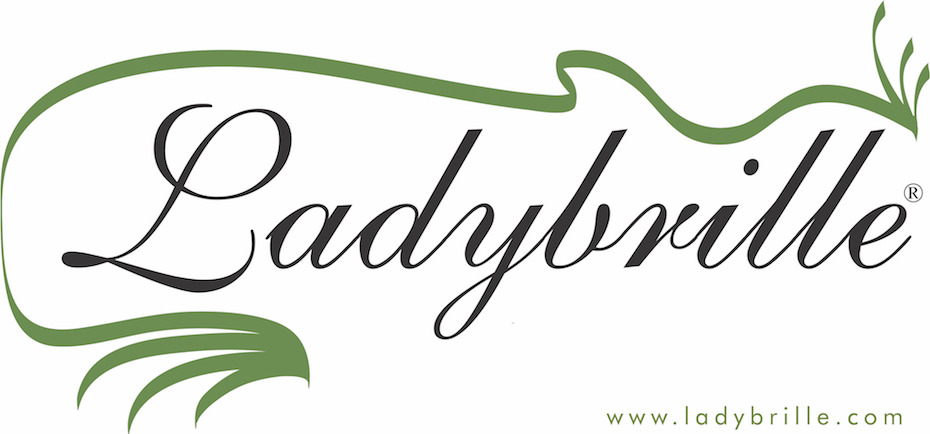
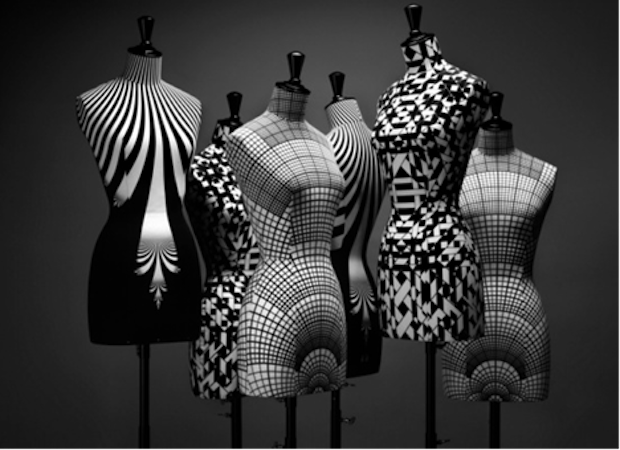


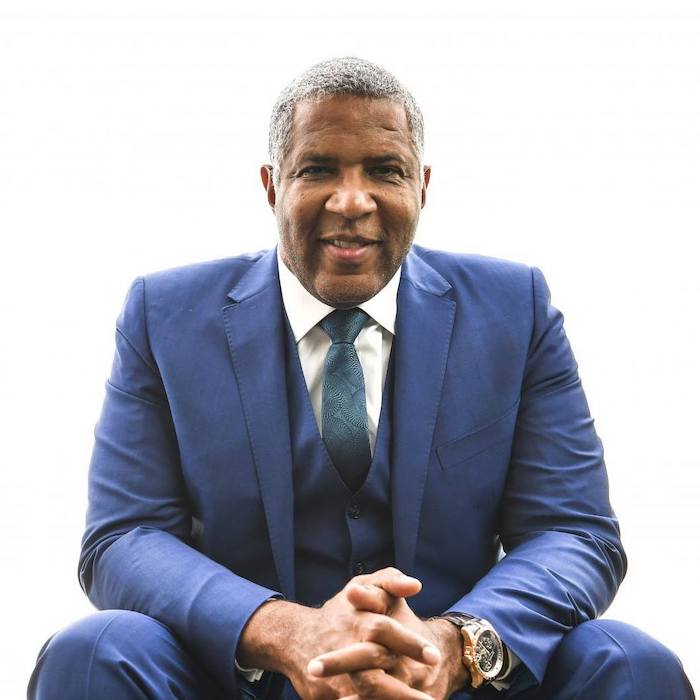
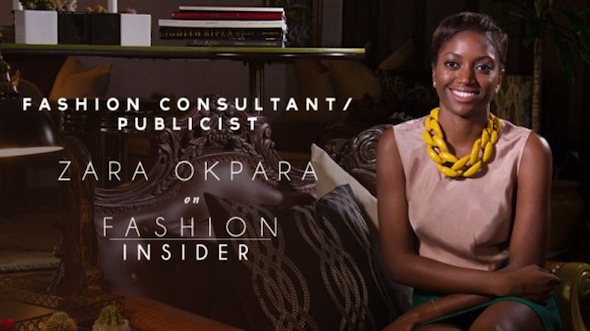

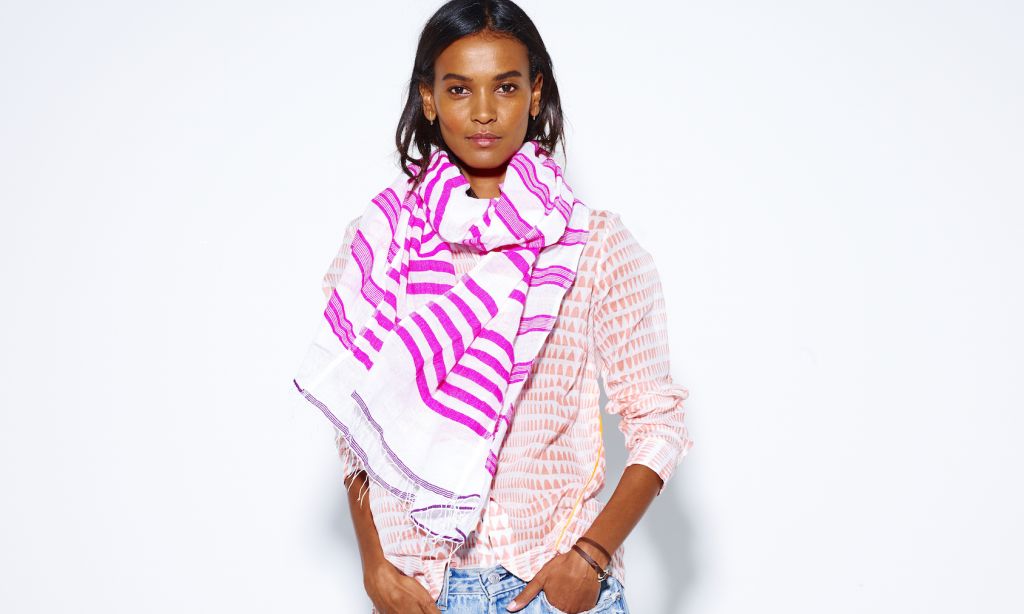

Educating n Interesting piece,tks sis